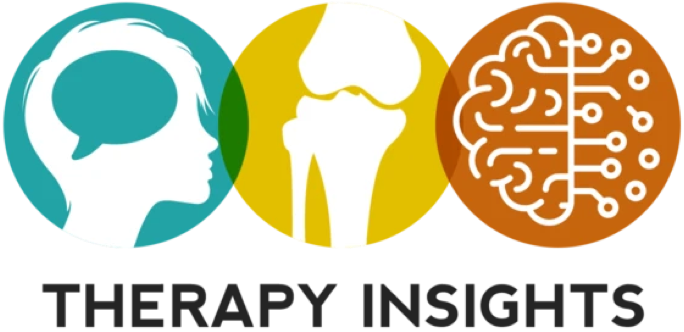HEP
Therapy Material
Advanced Seated Exercises
Print Resource
— US Letter — 2 pages
AdultOTAging
Do you have a patient who needs some higher level exercise but may be unable to balance well when standing? This document offers a generic exercise program with only seated exercises. The document is great for health fairs, moderate level home exercise programs, and lists safe activities to increase activity tolerance for individuals with moderate impairment.
